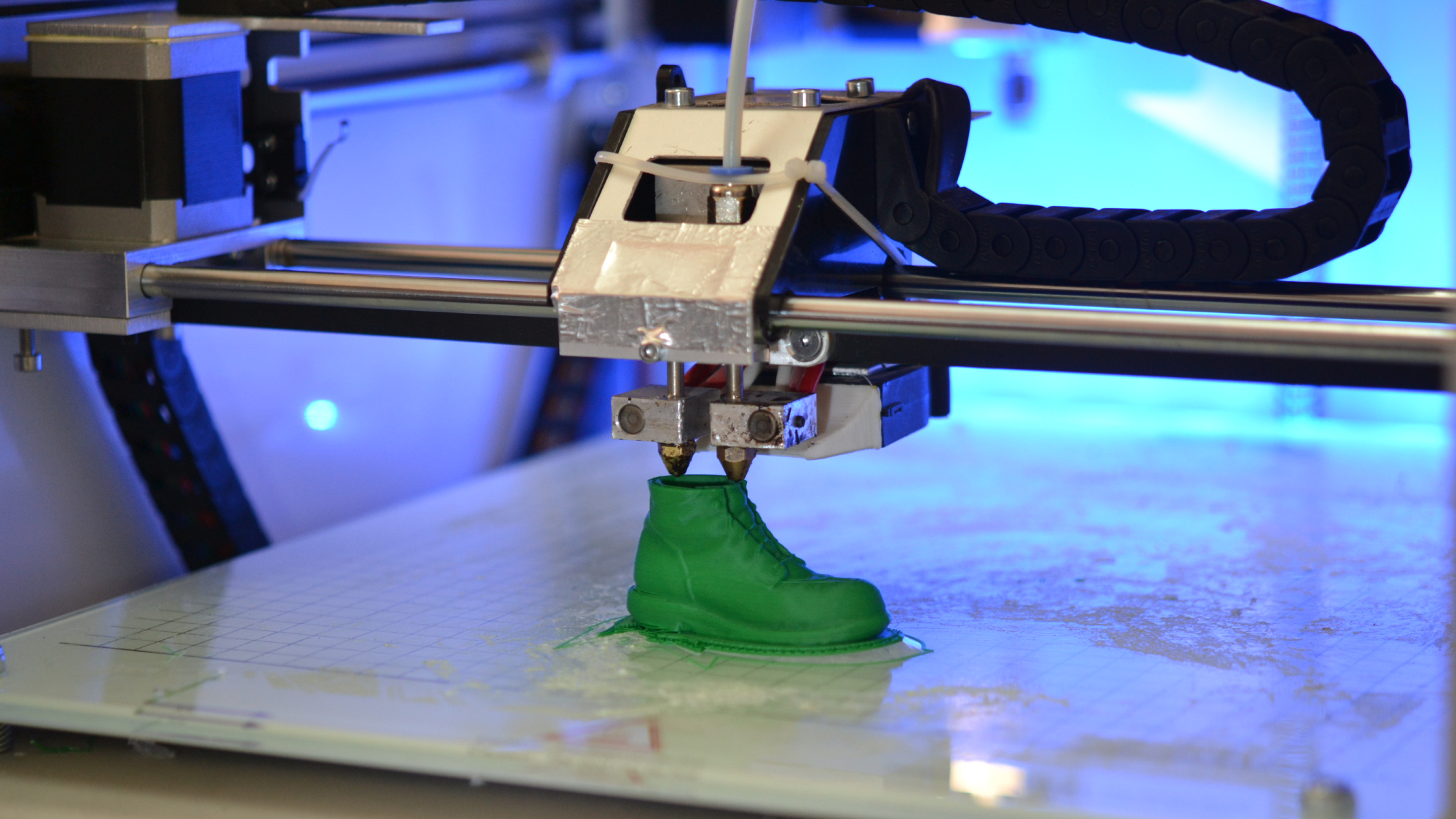The consumer goods industry is characterized by rapid product cycles, evolving customer preferences, and intense competition. To stay ahead, companies must continuously innovate and adapt to changing market demands. Commercial 3D printing services are playing an increasingly important role in this process, enabling businesses to create unique products, reduce time to market, and enhance customization. This article explores how commercial 3d printing services is revolutionizing the consumer goods sector.
Accelerating Product Development
In the consumer goods industry, speed is crucial. The ability to quickly develop and launch new products can make the difference between success and failure in a highly competitive market. Commercial 3D printing services allow companies to accelerate the product development process by enabling rapid prototyping and iteration. Designers can quickly create and test multiple versions of a product, making adjustments based on feedback and performance.
This rapid prototyping capability is especially valuable for companies that need to respond to emerging trends or seasonal demands. For example, in the fashion industry, where trends can change in a matter of weeks, 3D printing allows designers to quickly bring new styles to market. Similarly, in the electronics industry, where new gadgets are constantly being introduced, 3D printing can help companies stay ahead of the competition by speeding up the development process.
Enhancing Customization and Personalization
Today’s consumers increasingly demand products that reflect their individual tastes and preferences. Commercial 3D printing services enable companies to meet this demand by offering a high degree of customization. Whether it’s personalized phone cases, custom-fit wearables, or one-of-a-kind home decor items, 3D printing allows businesses to produce unique products tailored to the specific needs of each customer.
This level of customization is particularly valuable in the luxury goods market, where exclusivity and individuality are key selling points. For example, jewelry designers can use 3D printing to create bespoke pieces that are customized to the customer’s specifications, from the choice of materials to the intricate details of the design. Similarly, in the footwear industry, 3D printing can be used to create custom-fit shoes that provide superior comfort and performance.
Reducing Costs and Waste
Cost efficiency is a critical factor in the consumer goods industry, where margins can be tight, and competition is fierce. Commercial 3D printing services offer significant cost savings by reducing the need for expensive molds, tools, and dies. Traditional manufacturing processes often involve high upfront costs for tooling, which can be a barrier to entry for small businesses or new product lines. 3D printing eliminates these costs, allowing companies to produce small batches of products without the need for costly tooling.
Additionally, 3D printing is an additive process, meaning that material is only used where it is needed. This approach minimizes waste, as there is no excess material to be discarded, as in subtractive manufacturing processes. The result is a more sustainable production process that reduces material costs and environmental impact.
Supporting Sustainability and Innovation
Sustainability is becoming increasingly important to consumers, and companies are under pressure to reduce their environmental footprint. Commercial 3D printing services support sustainability by enabling more efficient use of materials and reducing waste. Moreover, 3D printing allows companies to experiment with new, eco-friendly materials that might be difficult to work with using traditional manufacturing methods.
Innovation is another area where 3D printing is making a significant impact. The ability to create complex geometries and intricate designs without the constraints of traditional manufacturing opens up new possibilities for product innovation. Companies can explore new shapes, materials, and functionalities, pushing the boundaries of what is possible in product design.
Conclusion
Commercial 3D printing services are transforming the consumer goods industry by enabling faster product development, greater customization, and more sustainable production processes. As the technology continues to evolve, its impact on the industry is expected to grow, offering new opportunities for innovation and competitiveness. From rapid prototyping to personalized products, 3D printing is driving the future of consumer goods.
